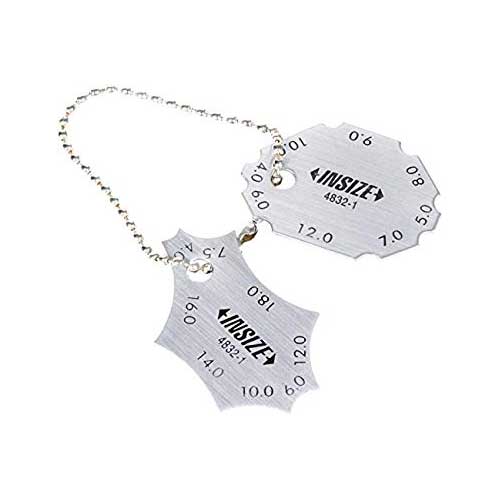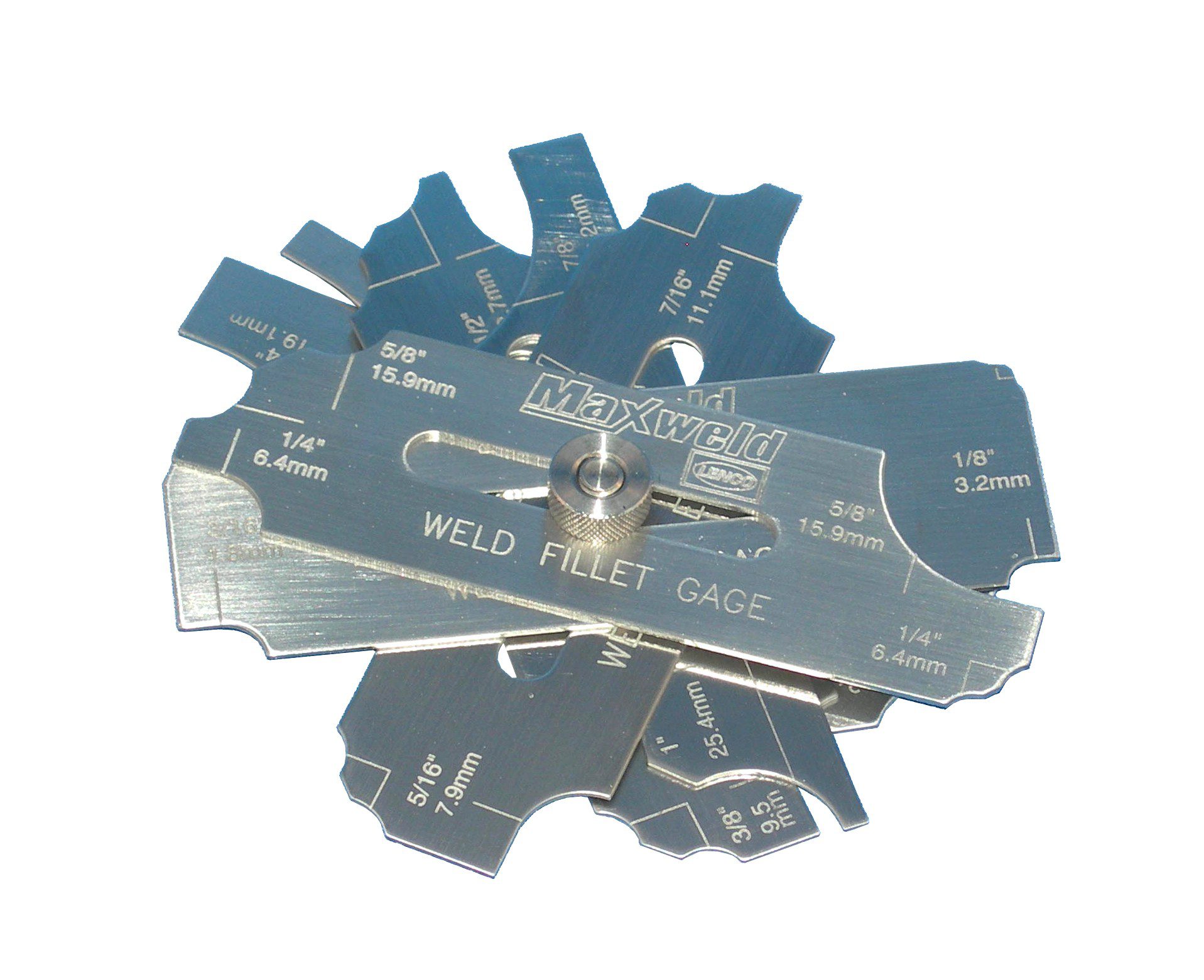Leading Methods for Measuring Gauge Fillet Weld Precisely
Leading Methods for Measuring Gauge Fillet Weld Precisely
Blog Article
Fillet Weld Style Techniques: Maximizing Joint Efficiency and Appearance for Structural Stability
In the world of structural design and construction, the importance of fillet weld style techniques can not be overstated. These techniques play a critical duty in not just making certain the efficiency and architectural honesty of joints yet also in boosting the general appearances of the completed item. By carefully taking into consideration variables such as weld account optimization, product selection, joint prep work techniques, welding process efficiency, and visual enhancement designers, makers and approaches can attain an unified equilibrium between functionality and appearance in their welded frameworks. The combination of these components not just leads to robust joints however additionally raises the aesthetic appeal of the final product.
Weld Profile Optimization


Achieving an optimal weld profile involves a precise consideration of elements such as material thickness, joint arrangement, welding setting, and wanted welding rate. Furthermore, the selection of ideal welding parameters, such as voltage, current, and travel speed, is essential in managing the form and dimensions of the fillet weld. Utilizing innovative welding methods, such as pulse welding or robot welding, can even more fine-tune the weld profile to satisfy specific layout needs and top quality criteria.
Essentially, weld profile optimization is an essential element of fillet weld style that directly influences the overall performance and dependability of welded joints in structural applications.
Product Option Factors To Consider
When considering product selection for fillet weld layout, the compatibility of the base steels is an important element affecting the architectural integrity of the joint. It is vital to choose products that not only bonded together effectively yet additionally possess comparable mechanical residential properties to make certain the tons is uniformly dispersed in between the weld and the base steels. Welding materials with greatly various homes can cause problems such as tension concentrations, early joint failing, or cracking.
In addition, the setting in which the bonded structure will run have to be thought about when picking products. Factors like corrosion resistance, temperature level variations, and direct exposure to chemicals can all impact the longevity and performance of the weld joint. By choosing products that appropriate for the intended application and setting, the overall longevity and dependability of the welded joint can be substantially enhanced.
For that reason, complete factor to consider of link material compatibility and ecological factors is extremely important in making certain the weld joint's toughness, durability, and general architectural honesty.

Joint Preparation Strategies
Considering the crucial role material selection plays in ensuring the structural stability of fillet weld joints, it is crucial to implement exact joint preparation methods that enhance the link in between the base steels. Joint preparation is a critical action that directly influences the quality and stamina of the weld.
In addition, tack welding the elements in place before the last weld aids keep alignment and decreases distortion during the welding procedure. By meticulously complying with these joint prep work strategies, welders can boost the general performance and aesthetic appeals of fillet weld joints while guaranteeing structural strength.
Welding Process Effectiveness
Reliable welding procedures are necessary for accomplishing ideal efficiency and top quality in fillet weld fabrication. Processes like gas metal arc welding (GMAW) and flux-cored arc welding (FCAW) are commonly used for fillet welds due to their flexibility and speed.
In addition, ensuring proper devices setup and maintenance is crucial for efficient welding. Normal calibration of welding equipments, evaluation of consumables, and maintenance of soldering iron can prevent downtime and revamp, ultimately conserving time and sources. In addition, utilizing competent welders with know-how in the particular welding procedure being used can substantially affect efficiency. Trained welders are much more proficient at readjusting criteria, fixing problems, and keeping constant weld high quality.
Aesthetic Improvement Approaches
To maximize the quality of fillet weld manufacture, applying visual improvement techniques can play an important role in making sure accuracy and precision during the welding process. Aesthetic improvement techniques include various methods intended at boosting the look and high quality of fillet welds. One common strategy is using back removing systems to remove oxidation on the backside of the weld, causing a cleaner, a lot more visually pleasing coating. Furthermore, utilizing proper lights setups in the welding area can enhance exposure, permitting welders to keep an eye top article on the weld pool and make sure constant grain formation. Aesthetic aids such as weld size evaluates and amplifying lenses can assist in assessing weld profiles and dimensions properly. Additionally, the usage of contrasting marking materials or short-lived tacking can aid in aligning and positioning the work surfaces exactly before welding. By integrating these aesthetic improvement techniques into the welding process, welders can attain not only structurally sound fillet welds but likewise aesthetically here are the findings appealing outcomes that satisfy sector standards.

Verdict
Finally, maximizing fillet weld layout involves mindful consideration of weld account, material option, joint prep work, welding procedure efficiency, and aesthetic enhancement techniques. By applying these methods, architectural honesty can be boosted while additionally accomplishing aesthetic appeal. It is essential to prioritize both performance and visual appeals in fillet weld style to make certain the general high quality and durability of the joint.
By carefully thinking about variables such as weld profile optimization, product selection, joint preparation methods, welding process effectiveness, and aesthetic improvement makers, designers and methods can attain an unified balance in between functionality and look in their welded structures.In the realm of fillet weld layout, enhancing the weld profile plays an important duty in guaranteeing structural honesty and efficiency. The weld account, which consists of the dimension and shape of the weld cross-section, directly affects the distribution of tension and load-bearing ability within the joint. It is essential to select materials that not only weld with each other efficiently however likewise have comparable mechanical homes to make sure the tons is equally dispersed between the weld and the base steels - Gauge Fillet Weld.In conclusion, enhancing fillet weld style involves mindful factor to consider of weld profile, product option, joint preparation, welding procedure efficiency, and visual improvement methods
Report this page